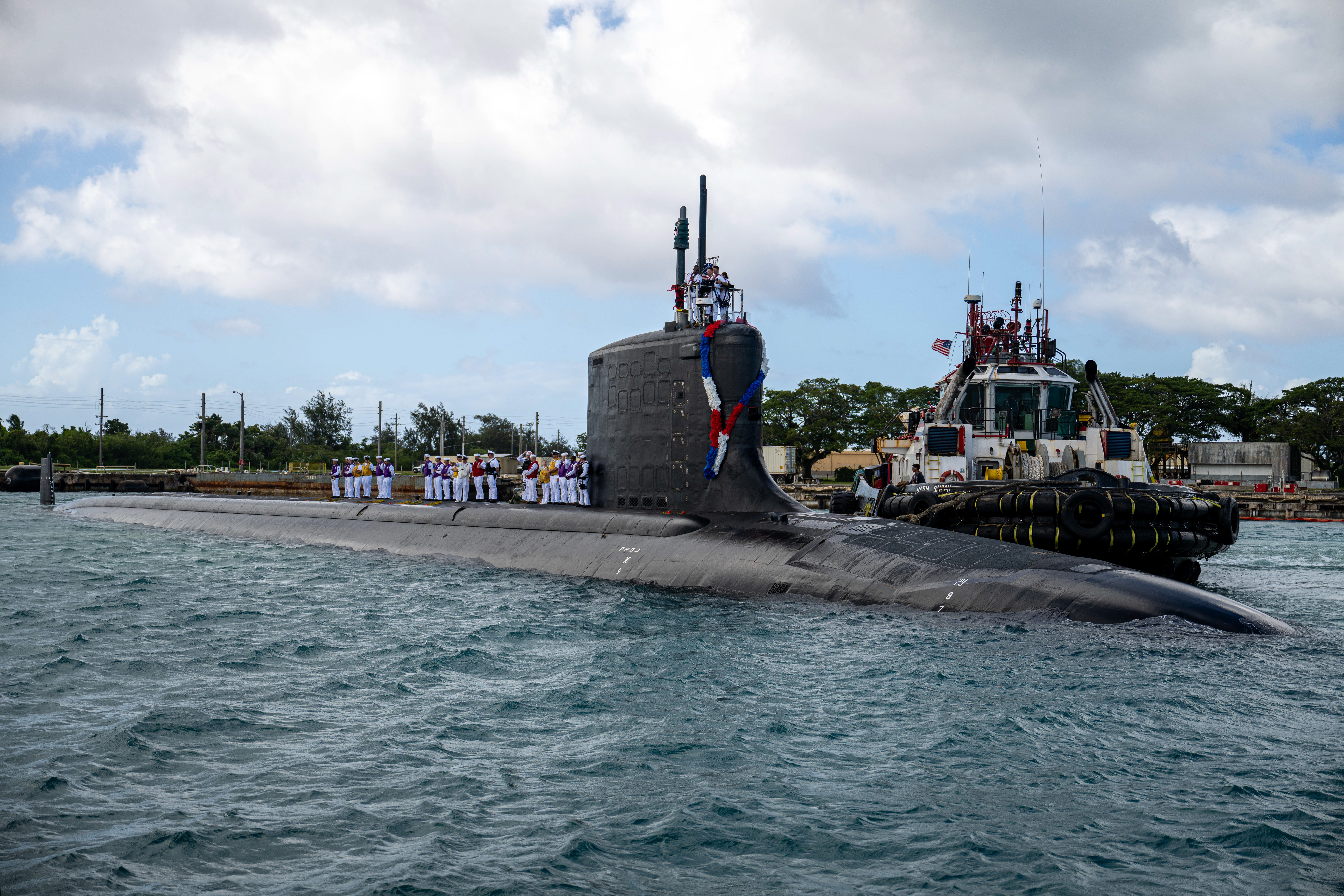The Future of Submarine Stealth in the Age of AI

The article “Will Even the Most Advanced Subs Have Nowhere to Hide?” from IEEE Spectrum discusses the potential impact of advanced detection technologies, particularly those powered by artificial intelligence (AI), on the stealth capabilities of submarines. Here are the key points:
Photo: USS Minnesota (SSN 783) arrives at U.S. Naval Base Guam. (MC1 Justin Wolpert)
1. Submarine Stealth and Deterrence:
Submarines are crucial for their ability to remain hidden, which is essential for the strategy of mutually assured destruction (MAD). This strategy relies on the assurance that submarines can survive a first strike and retaliate, thus deterring nuclear war.
2. Technological Advances:
Over the years, naval engineers have developed faster and quieter submarines while also advancing detection technologies like radar and sonar. Nuclear-powered submarines, introduced in the 1960s, significantly enhanced stealth by allowing prolonged submersion.
3. Emerging Detection Threats:
Despite advancements, even the stealthiest submarines emit low-frequency noises detectable by hydrophone arrays on the seafloor. AI and new sensing technologies could make oceans transparent, potentially exposing submarines by 2050.
4. Economic Implications:
The high cost of submarines, such as the $2.8 billion Virginia-class and the $128 billion Columbia-class, underscores the financial stakes. These costs have spread over decades, making the potential obsolescence due to new detection technologies a significant concern.
5. Future Outlook:
Experts like Rose Gottemoeller, former NATO deputy secretary general, warn that maintaining submarine stealth will become increasingly challenging as sensing technologies evolve. It could undermine global peace by disrupting the balance of nuclear deterrence.
The article highlights the delicate balance between submarine stealth and detection technologies, emphasizing the potential for AI to disrupt this balance and the broader implications for global security.
